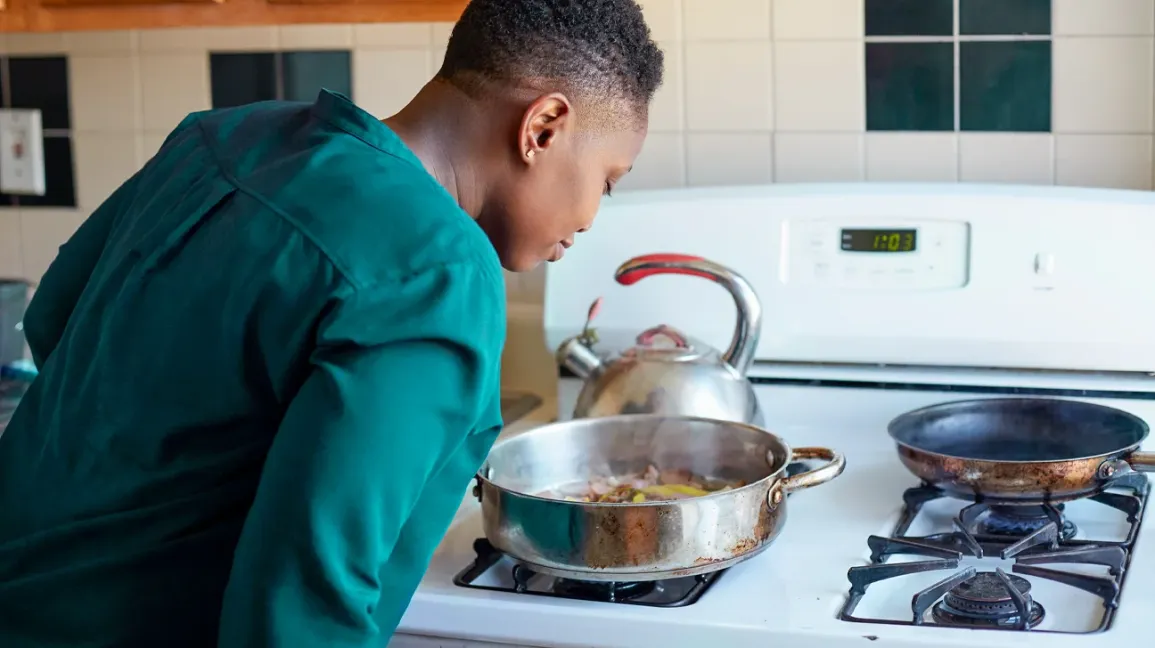A game-changing wellness tip that fits into even your busiest days.
Let’s be real—between overflowing inboxes, social media pings, endless to-do lists, and trying to function like a normal human, it’s easy to ignore the signals your body and mind are trying to send you.
But what if we told you there’s a simple 60-second habit that could help you avoid burnout, reduce stress, and reconnect with your body—all without needing a therapist, fitness tracker, or fancy wellness app?
Yep. Just one minute a day could make all the difference.
Welcome to the one-minute daily health check-in—a tiny but powerful mindfulness habit that could completely shift how you move through your day.
Why It Matters: It’s Not Just Another Health Trend
In a world obsessed with productivity, we often wait until we’re fully burned out to address our health. But you don’t need a full wellness routine to check in with yourself.
This daily practice is about real-time awareness—noticing how you’re doing before you crash.
Whether you’re juggling work, parenting, school, or all three (hello, chaos), this micro-habit can help you:
- Catch stress and tension early
- Respond to your actual needs (not just push through)
- Build better energy awareness
- Shift from autopilot to intention
- Make decisions based on how you actually feel
It’s a small act of self-respect that says: I matter—even for one minute a day.
Step 1: Know Your “Why”
Before diving in, ask yourself: What do I need this for?
Maybe you’re feeling drained and want to manage your energy better. Maybe you’re trying to get more in tune with your emotions. Or maybe, you just want to stop ignoring that nagging tension in your shoulders.
Write down your reason somewhere—a journal, phone note, sticky on your mirror. Having a clear purpose gives your new habit meaning and keeps you motivated even when life gets hectic.
Step 2: Choose Your Moment
Timing is everything.
You want your check-in to fit into your life, not feel like another task to remember.
Here’s how to make it effortless:
- Right after brushing your teeth 🪥
- While your coffee or tea brews ☕
- Before bed 🛏️
- After you park your car 🚗
Pro tip: Anchor it to an existing habit. That way, it becomes a rhythm—not a chore.
Step 3: Decide What to Notice
A daily check-in isn’t about overanalyzing. Just pick 3–5 simple prompts to run through in your head, write down, or even say out loud.
Here are some powerful questions to try:
- What’s my energy like right now?
- How does my body feel—tight, tired, energized?
- What emotions are present in me?
- Am I hungry, thirsty, or in need of rest?
- What do I need most right now?
Choose the ones that give you the most clarity—and don’t feel like work.
Step 4: Pick Your Format
There’s no one-size-fits-all.
🗣️ Say it aloud: Talking to yourself isn’t weird—it’s awareness.
✍️ Journal it: A quick note in a notebook or app.
🎙️ Voice memo: Record a 60-second reflection.
📱 Emoji log: Mood and energy via symbols.
✅ Checklist: Use a template to keep things consistent.
Make it YOURS. The simpler and more natural it feels, the more likely you’ll stick with it.
Step 5: One Minute is Enough
Seriously—don’t overthink it. This isn’t therapy. It’s a pulse check.
In one minute, you can learn enough to shift how you show up the rest of the day.
💡 Tired? Maybe skip the intense workout.
💡 Anxious? Try deep breathing before your next task.
💡 Stiff? Stretch for 5 minutes after your call.
This isn’t about fixing. It’s about noticing—and responding with care.
Step 6: Let It Guide Your Day
Think of your check-in as a decision filter.
It can gently influence:
- What you eat 🍲
- How hard you push at the gym 🏋️
- Whether you need rest, movement, or stillness 😌
You’ll start to make decisions with your body and mind—not in spite of them.
Step 7: Track Consistency, Not Performance
Here’s where most people get tripped up.
Don’t obsess over what your answers are—just focus on showing up.
Use a calendar, journal, or habit-tracking app to check off each day you do it.
Why? Because doing it daily—even imperfectly—builds trust with yourself.
Step 8: Give It a Name
Naming your habit can make it more memorable and personal.
Some fun ideas:
- The Mood Minute
- Daily Pulse
- Energy Check
- Body Scan
- Pause + Breathe
You can even set a reminder with the name to prompt you each day.
Step 9: Let It Evolve
Some days, your check-in will be a game changer. Other days, it’ll feel… meh. That’s okay.
Over time, you might:
- Switch up your questions
- Check in twice a day
- Add movement or breathwork
- Go deeper when needed
Stay flexible. The habit is listening, not perfection.
Step 10: Be Gentle With Yourself
This is huge.
If you discover you’re tired, overwhelmed, or off-track—don’t beat yourself up.
You’re learning, not failing.
This check-in is a safe space, not a test. You’re not trying to earn an “A” in self-care. You’re just being present.
Talk to yourself like a friend—not a critic.
Final Takeaway: One Minute. Big Impact.
You don’t need a full wellness routine to feel better. You just need one minute of awareness.
One minute to ask, “How am I really doing?”
That small act can spark real change—from better food choices to clearer boundaries to deeper emotional care.
It’s not about being perfect. It’s about showing up for yourself—daily.
Because you are worth one minute of your time.














